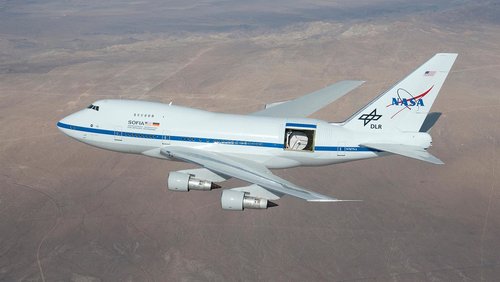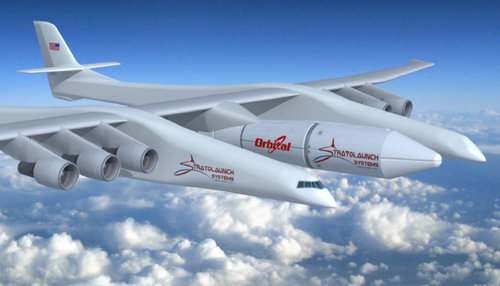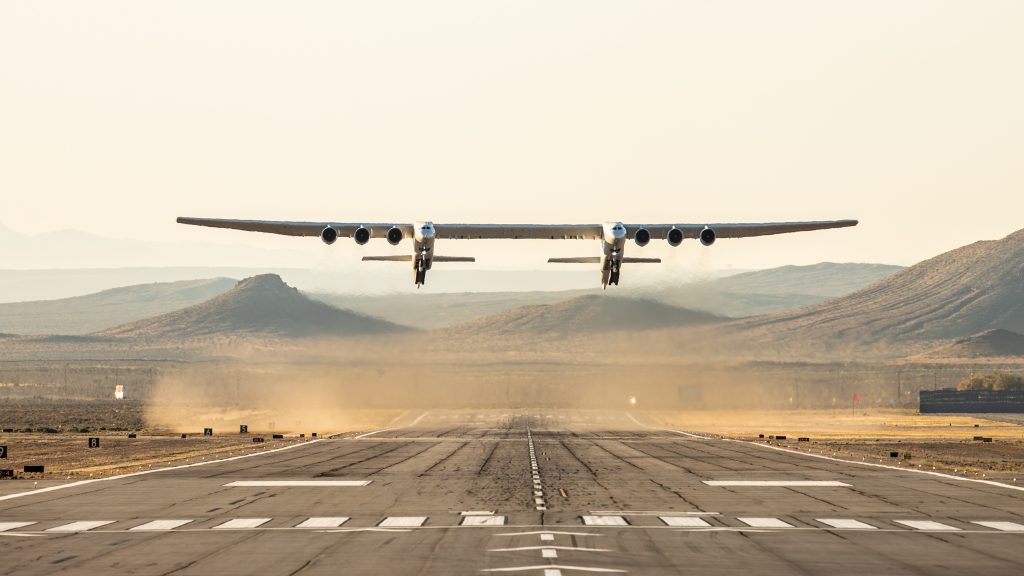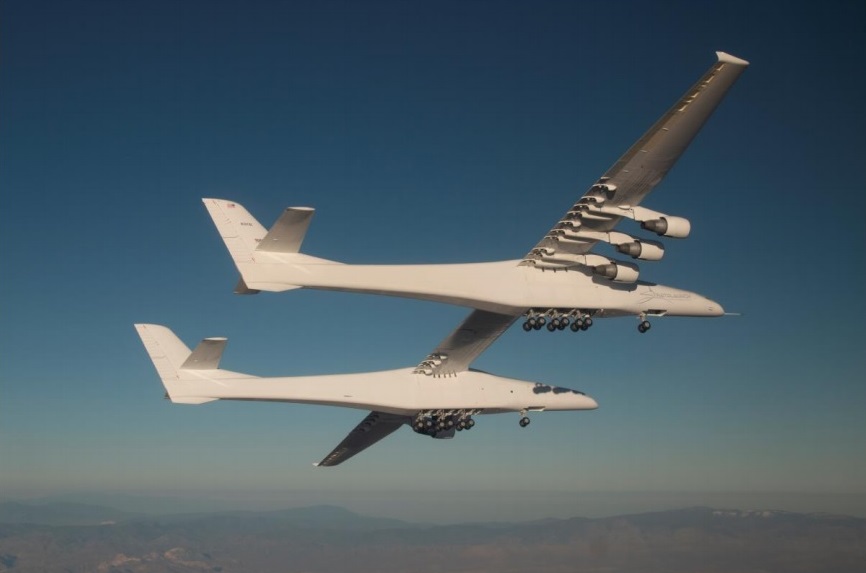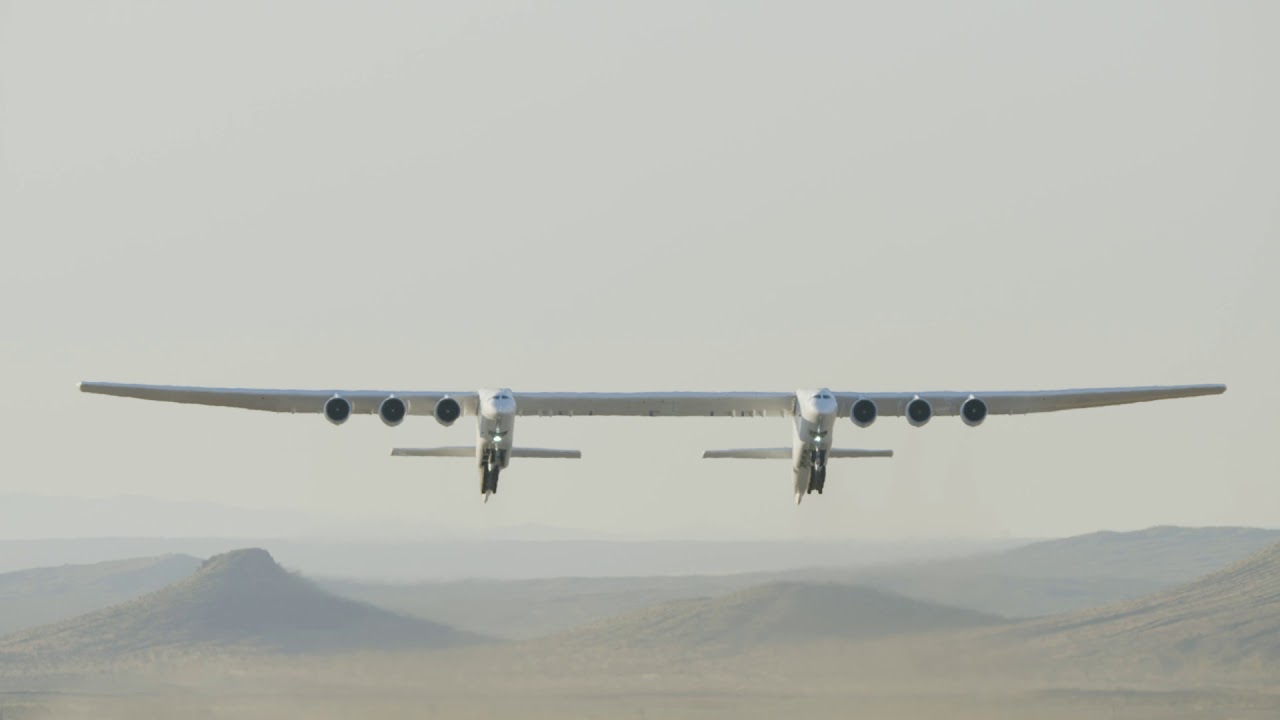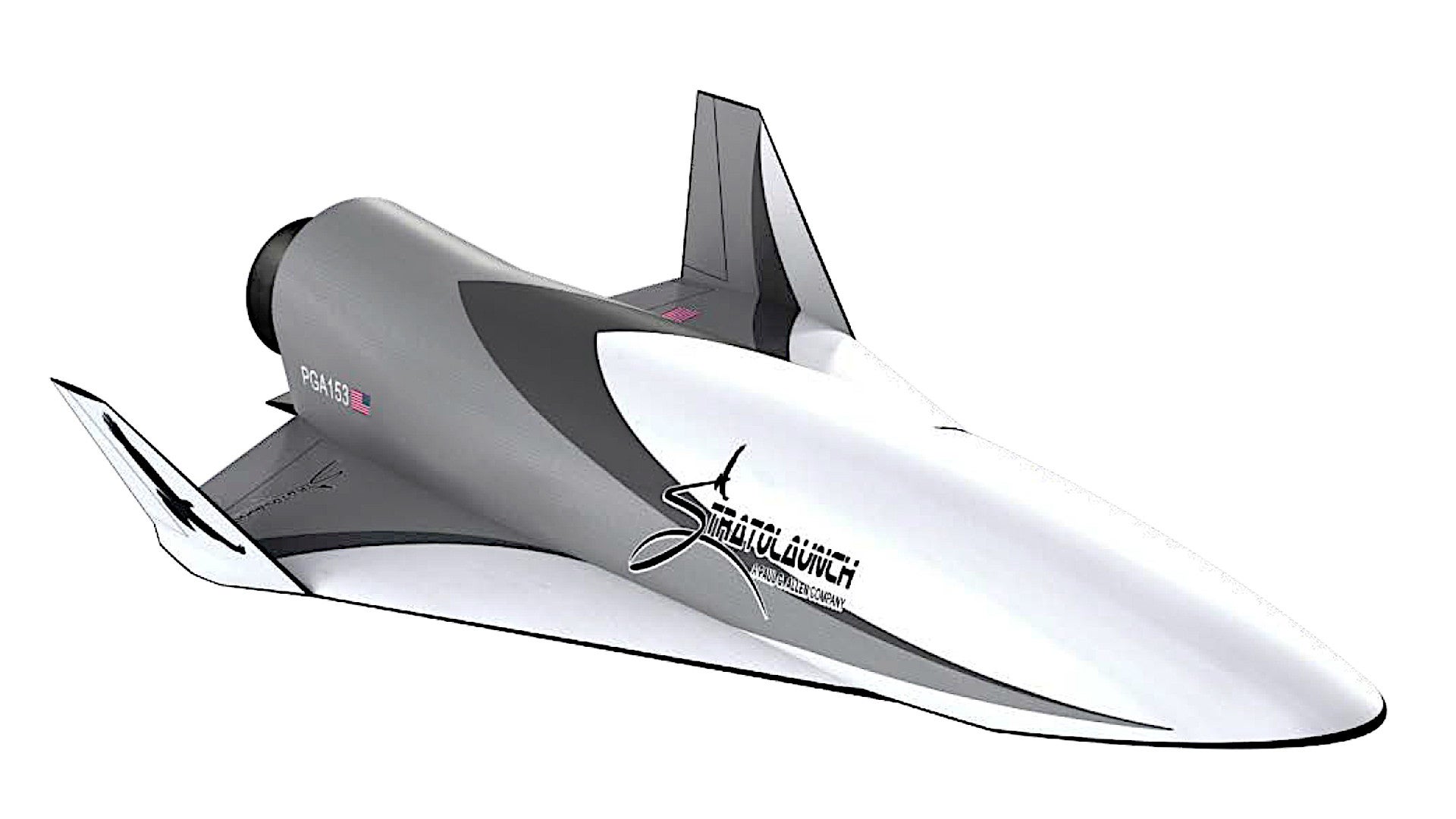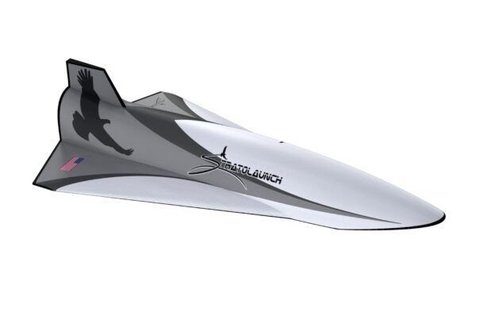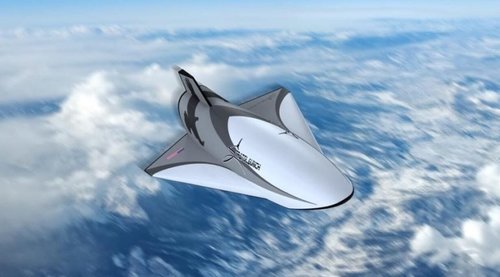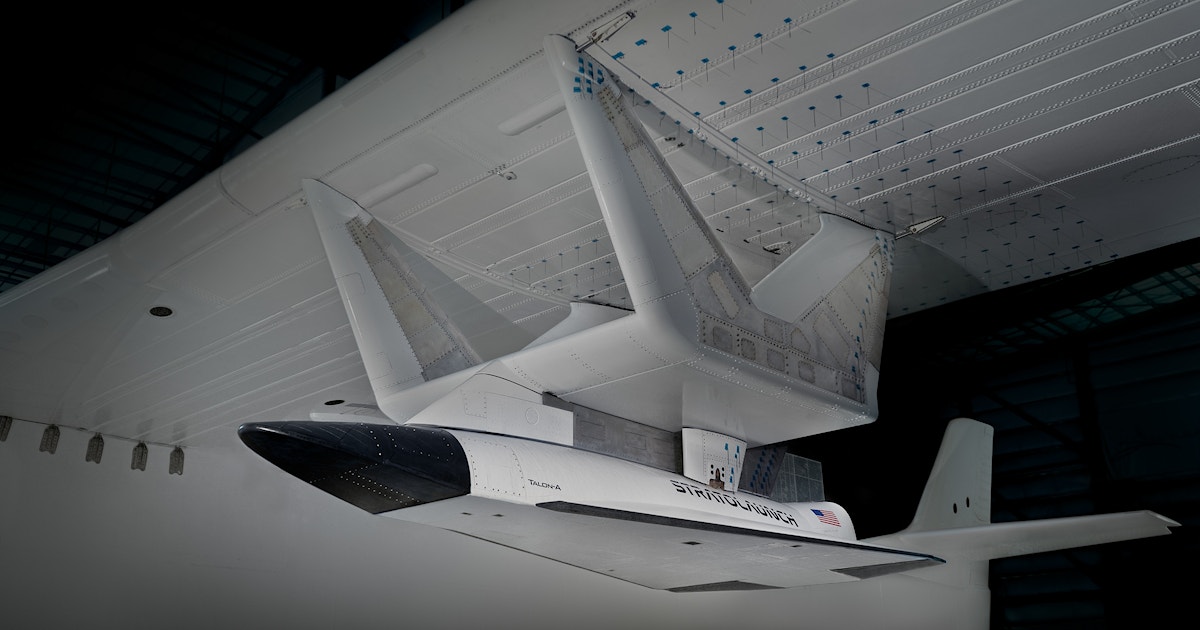- Joined
- 21 January 2015
- Messages
- 12,164
- Reaction score
- 16,385
Whoever closed the original thread was too hasty as the company has been resurrected.
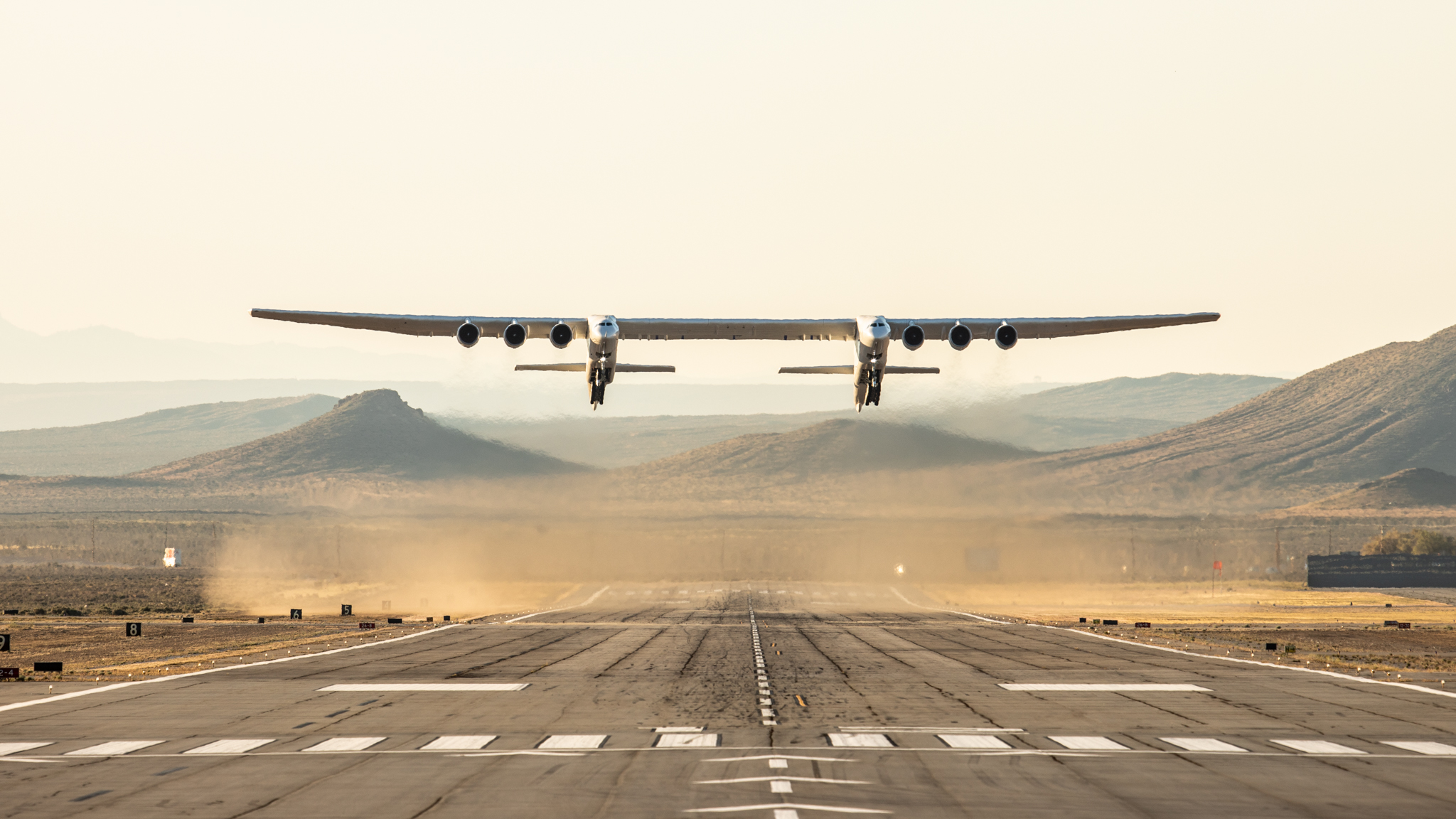
 www.geekwire.com
www.geekwire.com

Stratolaunch rebuilds team for the world’s biggest plane after Paul Allen’s death
Stratolaunch is hiring — nearly a year after the death of founder Paul Allen and five months after the company's monster plane took its first and only test flight.

